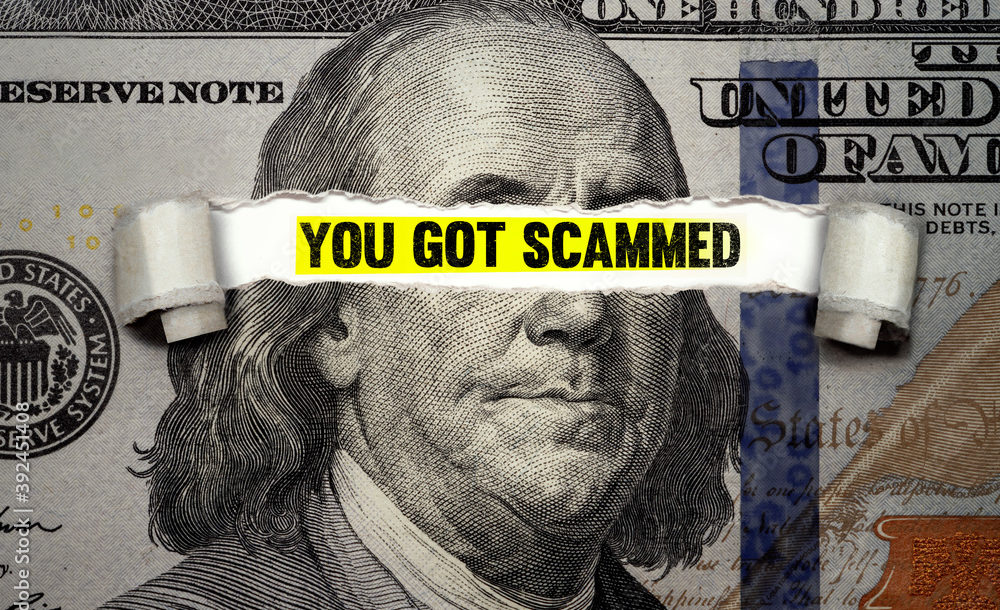Insurance industry still victimized by growing number of scammers

Corporations worldwide have made great strides in discouraging fraud attacks in recent years. But there’s one industry, according to a recent survey, still victimized by a growing number of scammers, more so than any other: insurance.
For the second consecutive quarter, the rate of suspected global digital fraud attempts in the insurance industry experienced the greatest rise on a year-over-year basis, increasing 159% between the second quarter of 2021 and second quarter of 2022. This follows a 134% increase between first quarters of 2021 and 2022, according to fraud analysis by TransUnion.
Amid this gigantic surge, the rate of suspected digital fraud attempts across industries around the world actually declined by nearly 14% in the same time period, the analysis shows. Industries seeing the largest declines in the rate of suspected digital fraudulent activity included gaming, travel and leisure, and retail.
Reasons abound why insurance seems to be attracting a much greater percentage of fraud attempts. For the most part, TransUnion executives say, insurance experiences what they call “soft fraud” by consumers. This includes falsifying documents - as opposed to large-scale, organized cyber fraud.
Overall, TransUnion said the insurance industry is seeing more “soft fraud” because some consumers may be representing their policies incorrectly to save money, especially in this high inflation environment.
“What we’re seeing is people who are creating fraudulent applications with the intent of receiving better rates or settlements. That could be part of a macroeconomic inflation trend, a concern that people's wallets are under a little more pressure,” said Sean Donnelly, senior vice president of go-to-market global fraud solutions at TransUnion.
'Soft Fraud'
Donnelly offered an example of the “soft fraud” or “first party fraud” as someone who lives in an urban area but claims their auto is parked in a suburban area to get a lower insurance rate.
“Those other industries - like gaming, gambling and financial services - may be practicing stronger authentication methods,” Donnelly said. “So they're reducing false positives and it could be they're becoming more mature in terms of fraud prevention and fraud detection.”
In the U.S., fraud attempts have risen about 22%, an amount much lower than the global average but still on plus side.
“That's something that I found pretty interesting and I dug into that a little bit,” Donnelly said. “And, you know, most of the U.S. does manual underwriting whereas internationally, underwriting is automated. That could account for some of that difference.”
The only other industry segment to see an uptick in fraud attempts was logistics, which was dominated by shipping fraud. This is a type of fraud where a buyer falsifies a shipping address or a seller receives payment for goods or services, but never ships to a buyer.
TransUnion based its analysis on intelligence from billions of transactions and more than 40,000 websites and apps contained in its identity proofing, risk-based authentication and fraud analytics solution platform. The percent or rate of suspected digital fraud attempts are those in which customers were either denied or reviewed due to fraudulent indicators compared to all transactions that were assessed for fraud.
Doug Bailey is a journalist and freelance writer who lives outside of Boston. He can be reached at [email protected].
© Entire contents copyright 2022 by InsuranceNewsNet.com Inc. All rights reserved. No part of this article may be reprinted without the expressed written consent from InsuranceNewsNet.com.
Doug Bailey is a journalist and freelance writer who lives outside of Boston. He can be reached at [email protected].





Principal Financial’s benefits business jumps while AUM slumps in 2Q
DEI Success: From making a great hire, to serving a wider audience
Advisor News
- Bill that could expand access to annuities headed to the House
- Private equity, crypto and the risks retirees can’t ignore
- Will Trump accounts lead to a financial boon? Experts differ on impact
- Helping clients up the impact of their charitable giving with a DAF
- 3 tax planning strategies under One Big Beautiful Bill
More Advisor NewsAnnuity News
- An Application for the Trademark “EMPOWER INVESTMENTS” Has Been Filed by Great-West Life & Annuity Insurance Company: Great-West Life & Annuity Insurance Company
- Bill that could expand access to annuities headed to the House
- LTC annuities and minimizing opportunity cost
- Venerable Announces Head of Flow Reinsurance
- 3 tax planning strategies under One Big Beautiful Bill
More Annuity NewsHealth/Employee Benefits News
Life Insurance News
- On the Move: Dec. 4, 2025
- Judge approves PHL Variable plan; could reduce benefits by up to $4.1B
- Seritage Growth Properties Makes $20 Million Loan Prepayment
- AM Best Revises Outlooks to Negative for Kansas City Life Insurance Company; Downgrades Credit Ratings of Grange Life Insurance Company; Revises Issuer Credit Rating Outlook to Negative for Old American Insurance Company
- AM Best Affirms Credit Ratings of Bao Minh Insurance Corporation
More Life Insurance News